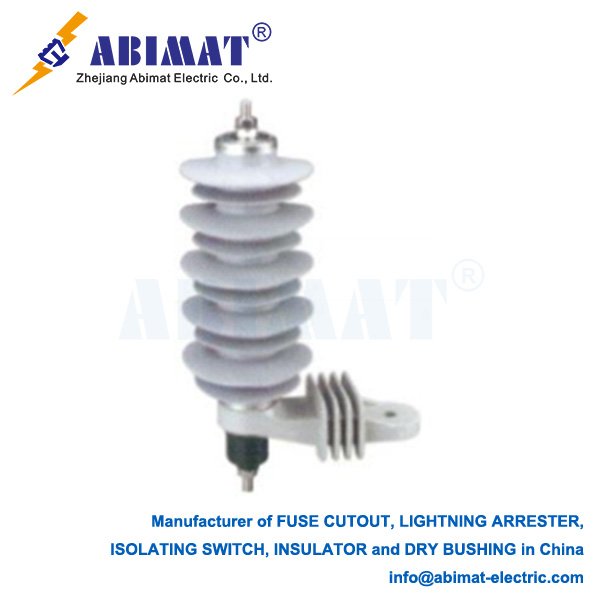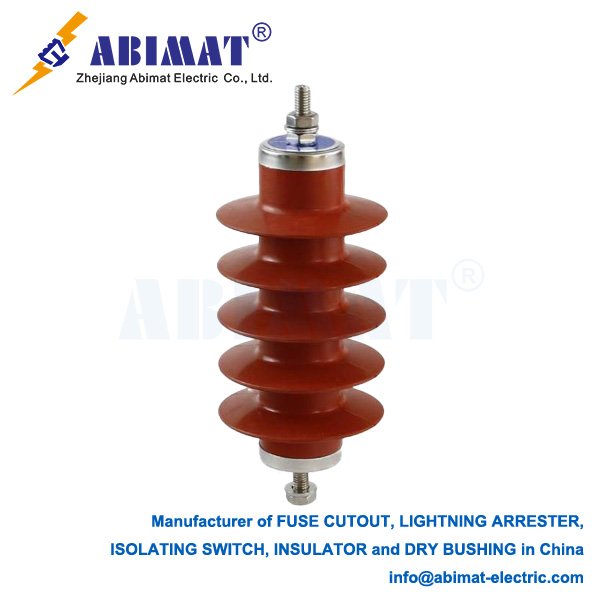Lightning Arrester for 33kV Systems: An Essential Protection Device
A lightning arrester—you can call it a surge arrester more exactly in modern use—is an important part. It’s made to keep 33kV electrical power systems safe from transient overvoltages. These overvoltages mostly come from lightning strikes or switching work. They can badly damage expensive equipment—things like transformers, circuit breakers, and switchgear. The arrester’s main job is to limit these voltage surges. It also gives a low-resistance path for the surge current to go to the ground. This helps keep the system working reliably.
Modern 33kV surge arresters are mostly the metal-oxide varistor (MOV) type. Their core part is a stack of zinc oxide discs. These discs have a very non-linear voltage-current trait. When the system runs normally—at or below its 33kV rated voltage—the arrester has extremely high resistance. It acts like an open circuit, and only a tiny bit of leakage current flows through it. But when a surge voltage goes higher than the arrester’s protective level, the zinc oxide discs switch to a very low-resistance state right away. This moves the big surge current safely to the ground. It also holds the voltage across the protected equipment at a safe value.

Key specs for a 33kV system arrester include these:
- Rated Voltage: This is the highest power-frequency voltage (rms) the arrester is made to work with correctly. For a 33kV system, this is usually 36kV or 42kV.
- Duty Cycle: This checks if the arrester can handle temporary overvoltages (TOV). These are power-frequency overvoltages that last longer.
- Nominal Discharge Current: This is a standard current wave—like 10kA. People use it to sort the arrester’s protection level.
- Residual Voltage: This is the voltage across the arrester’s terminals when it discharges the nominal current. A lower residual voltage means better protection.
You need to choose, install, and check the arrester regularly—these steps are crucial. The arrester has to be installed as close as possible to the equipment it protects. Usually, it goes on the incoming line side of a 33kV power transformer. A good low-resistance grounding connection is needed for it to work well.
To sum up, the abimat 33kV lightning arrester is a safety device you can’t do without. It quickly eases dangerous voltage surges. This keeps medium-voltage electrical infrastructure working properly and lasting longer. It also stops expensive power outages and equipment breakdowns.


